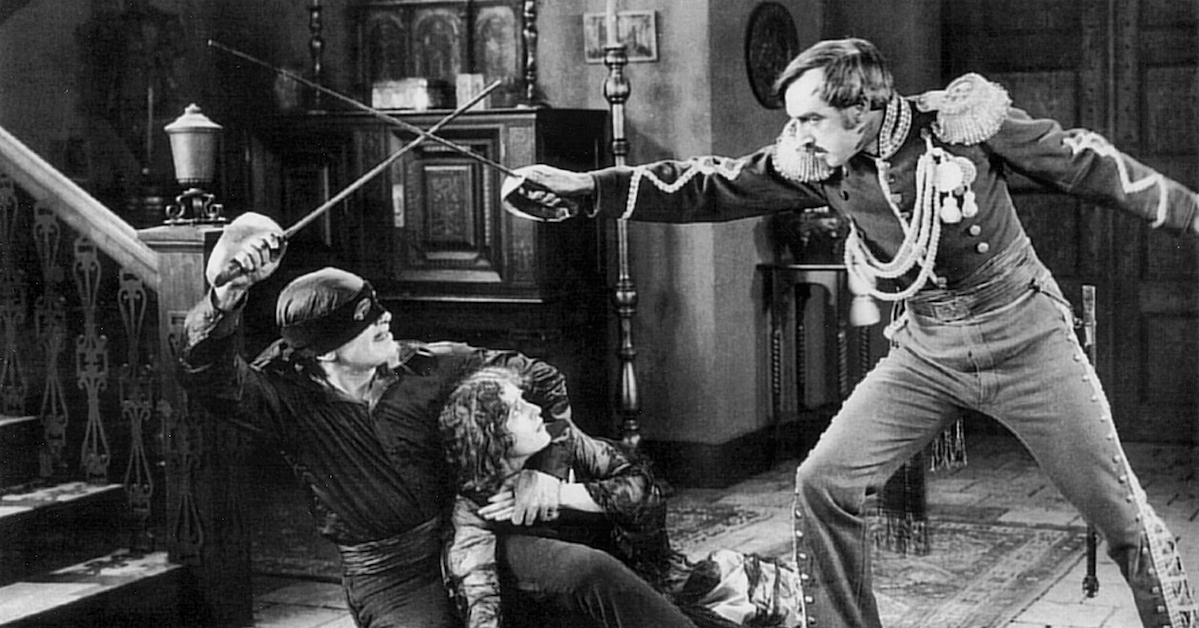During the golden age of cinema, before synchronized sound became the norm, silent movies captivated audiences in ways that modern films often overlook. Rather than passive viewing experiences, silent films were interactive and engaging, drawing viewers into the storytelling process.
Firstly, without spoken dialogue, silent films relied on intertitles, which are text snippets that convey dialogue and key information. This forced audiences to actively read and interpret, immersing them deeper into the narrative. Viewers couldn’t just sit back; they had to engage with the text, making the experience more interactive.
Moreover, silent films emphasize visual storytelling. Directors had to be inventive, using facial expressions, gestures, and body language to convey emotions and plotlines. This heightened physicality invited viewers to interpret characters’ actions and motivations, turning the viewing into a guessing game akin to charades.
Live musical accompaniment was another participatory element. Theatres often employed musicians to play alongside films, enhancing mood and rhythm. This added layer of engagement synchronized with the on-screen action, eliciting emotional responses and ensuring each screening was unique.
Yet, perhaps the most interactive aspect was the audience itself. Unlike modern theatres, silent film screenings were lively and social. Audiences cheered heroes, booed villains, and gasped collectively, creating a communal experience. Additionally, outside the theatre, audiences actively promoted films through word-of-mouth and fan clubs, contributing to their popularity.

In essence, silent cinema was a celebration of communal storytelling, engaging audiences on multiple levels. From reading intertitles to interpreting visual cues, from enjoying live music to sharing reactions with fellow moviegoers, silent films fostered a unique and participatory viewing experience that continues to captivate audiences today.
